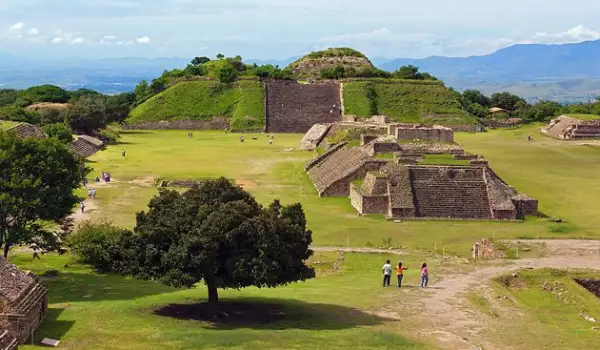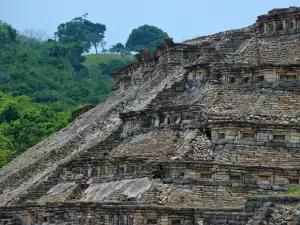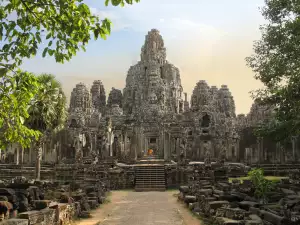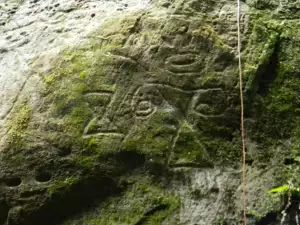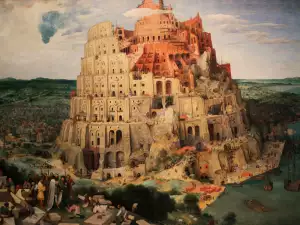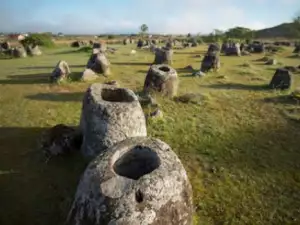Every time we hear about ancient civilizations in America, most of us immediately think of the Aztecs, Mayans and Incas. A little known fact is that these were neither the greatest, nor the oldest cultures to rule the exotic lands of Latin America.
Before them, the lands of today's Mexico were under the reign of the Zapotecs - a mysterious people that reached the peak of its development between 1500 and 200 B.C. The Zapotecs settled in that part of the world in about 2000 B.C. and quickly conquered the other surrounding peoples. At the center of their empire they built the great city Monte Albán. The ruins of the ancient megalopolis still stand today in the southern part of Mexico, near the city of Oaxaca.
A curious fact about the fantastic city is that it sits 6232 ft (1900 m) above sea level, on top of a mountain peak, which was artificially flattened out by the Zapotecs. In the ghost town today, there still stand the grand pyramids, an observatory, a dance hall and an enormous plaza.
Everywhere along the walls of the surviving structures there stand out relief carvings that are not characteristic of any Mesoamerican culture, rather they resemble those of the civilizations that were developing in Africa. The hieroglyphs on them are considered to be some of the first forms of writing in Mexico.
Today, researchers believe that Monte Albán was one of the first cities built in America. It had been developing for more than 1500 years and shortly before its fall it became one of the largest cities in the world. The capital of the Zapotecs reached its zenith in 700 B.C. Most of the surviving buildings are from this period as well.
Despite its thousands of years of history and unbelievable flourish, archaeological excavations show that Monte Albán was abandoned suddenly. There is no evidence of bloodshed and destruction caused by war. Within the span of several years, all of the inhabitants left the once magnificent city. Researchers posit that the reason for this exodus lies in several consecutive years of failed crops, famine and climate changes.
After the Spanish colonized this region of America, Monte Albán was completely forgotten. Before the ruins of the city were dug up by archaeologists, they were thought to simply be a part of the mountain, overgrown with white flowers (called Monte Albán - the White Mountain).
